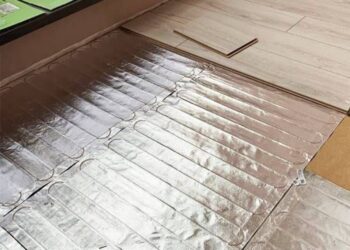Plants that wriggle, cling and seem to move up are called climbers. In a different way, these are shrub vines, whose green or reddish lashes often adorn gazebos, verandas and loggias. Their beauty and unpretentiousness make them extremely attractive to gardeners and hobbyists.
What types of climbing plants are found in nature
The variety of climbing plants allows you to choose the most suitable for the facade of a house or other building. Often, some kind of grape is used for landscaping.
Amur grape is an unpretentious, fast-growing plant that propagates by seeds, cuttings, and layering. Its thick stems are able to germinate in almost any soil, and regardless of the degree of its moisture. Amur grapes are very resistant to frost – they can even withstand temperatures of -40 degrees.
What types of climbing plants are found in nature
The leaves of this plant are three – or five-lobed, along the edges they have small teeth. The underside of the leaf is slightly hairy. In autumn, the leaves turn red-purple. The flowers of the grapes, which later transform into purple edible fruits, are collected in clusters.
What types of climbing plants are found in nature
The girlish five-leaf grape also grows quickly, loves a little shade and easily tolerates frost and drought. Outwardly, it differs from Amur grapes. The structure of its leaves is palmately complex, the leaves are elliptical, pointed and serrated. Their color is heterogeneous – if the leaves are green on top, then their lower part is gray. Leaves turn crimson red in autumn. The flowers of the girlish five-leafed grapes are also collected in a bunch, like those of the Amur, but this bunch is not expressed, and the ripening fruits, dark blue in color, are not edible. This variety is propagated only by cuttings.
Dahurian moonseed is very beautiful. Its long curly stems are adorned with dark dense foliage. These are three- or five-lobed leathery leaves, deep and pointed. The flowers of the moonseed are unremarkable – yellowish-green, small, and its fruits are black and juicy drupes collected in a loose brush.
This vine is quite unpretentious – it tolerates frost and shade well, but prefers fertile soil. It propagates by rhizomes and layering, cuttings, as well as seeds.
Schisandra chinensis or Schizandra chinensis is a very beautiful plant, with thick dark green leaves and white-pink waxy flowers exuding a delicate aroma. Schizandra is hardy and grows quite quickly, reaching 10-15 meters in height. The color appears in June, and in August or September schizandra berries ripen – dark red fruits collected in a brush. This plant is propagated by seeds and cuttings.
Varieties of clematis are very often used for landscaping vertical surfaces. Representatives of this genus can be very interesting – various forms and varieties.
The most popular clematis are purple clematis and Jacqueman’s clematis.
Clematis purple loves light fertile soil and a little shade. This is a very elegant plant, which from spring to autumn pleases the eye with large, most often four-petal, flowers. They can be purple with redness, lilac and purple. The leaves of the plant are doubly pinnate. Clematis purple is propagated by cuttings (green), seeds and layering.
Clematis Jacqueman is no less graceful liana, with large white, pink, blue, red or purple flowers. Leaves pinnate, compound, dark green in color. Clematis Jacqueman prefers light and fertile, neutral and moist soils. The plant must be protected from weeds and cold winds.
In general, clematis do not like frost and cannot tolerate it, therefore, in winter they need to be covered.
Climbing plants can not only decorate the building, but also protect from the heat. In addition, vines significantly reduce the noise level in the premises.













